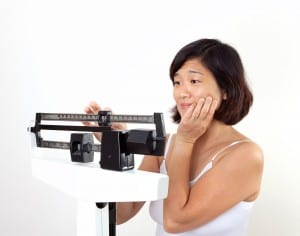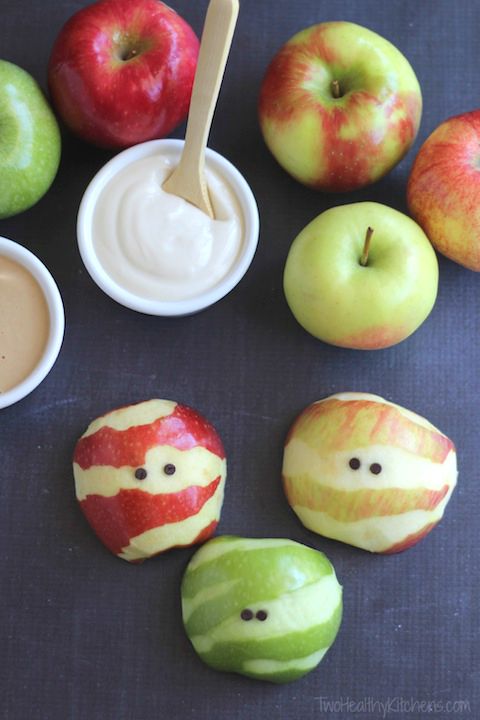Resting Metabolic Rate Measurements Produce Realistic Expectations

At a recent conference, I listened as Dr Thomas Wadden presented a portion of what was learned in the decade-long Look Ahead Study. In examining attrition or drop-outs rates of weight loss patients, one statistic stood out to me. 60% of those patients who drop out of a program attribute unmet expectations as a contributing factor as to why they dropped out. Simply put, when the numbers a patient sees on the scale are not in line with what they imagined going into their weight loss journey, they are likely to quit.
As I was pondering Dr Wadden’s lecture, I was reminded of a study published in the Annals of Surgery January 1983 by Feurer et al, “Resting Energy Expenditure in Morbid Obesity.” This NIH funded research examined 112 morbidly obese adults prior to gastric bypass surgery. One of the most significant conclusions of this study was that estimating post-surgical weight loss using predictive formulas is inadequate and that “in view of the inability to generate a valid predictive equation for the morbidly obese, measuring energy expenditure is the only viable alternative.”
So if the intent is to put a patient on a standard VLCD post-operatively (ie,700 Kcals), why would a RMR measurement matter? The answer ties back to Dr. Wadden’s findings: managing expectations. If equations don’t give you (the practitioner) adequate predictions of weight loss, then you can’t give your patients a realistic expectation of how to measure what “success” will look like.
Look at these 3 patients from the Feuerer study. With the same estimated energy expenditure of 1900 Kcals a day, predictive formulas would suggest they should be losing at the same rate post operatively. But an actual RMR test shows completely different metabolic rates that will lead to drastically different results.

This study shows that even with relatively controlled intake, their metabolic rate will significantly affect the results patients will experience. An actual RMR test would prepare each of these patients for realistic results, rather than viewing these variations as personal failure or a failure of the program. This principle applies not only to surgical candidates, but any patient entering a weight loss program.
Disappointment is a difficult emotion to deal with. Don’t set yourself up to be disappointed with goals based on outdated formulas. Let us help you set reasonable, personal expectations with a baseline RMR test and regular re-testing. We'll determine your ability to burn calories with an RMR test, then we'll estimate how much weight you can expect to lose the first month or two on our program. An RMR measurement is scientific information about each individual that allows us to give you realistic goals you cannot conjure up from any other source. Contact us today or visit our website to purchase and schedule your RMR today!
To read the Feurer study, click here.


































